
Transform Your Home With New Windows and Doors for Ultimate Energy Efficiency
In today's world, enhancing the energy efficiency of your home is more important than ever, not only for reducing utility bills but also for contributing to a sustainable future. One of the most impactful ways to achieve this is by upgrading to new windows and doors. These essential elements of your home are not just about aesthetics; they play a crucial role in maintaining comfortable indoor temperatures, reducing energy consumption, and minimizing your carbon footprint.
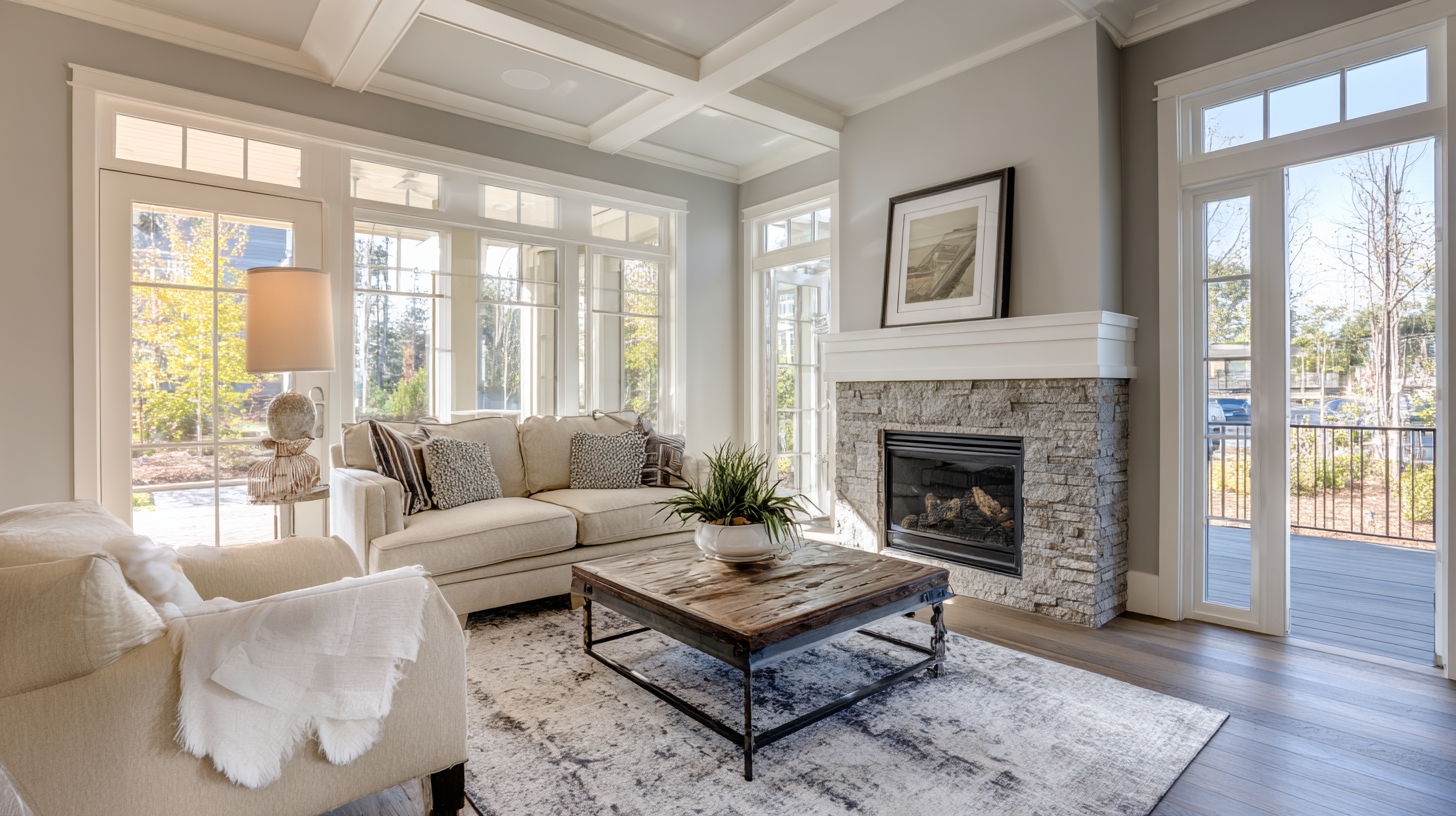
In this guide, we will explore the transformative benefits of installing new windows and doors, highlighting how these upgrades can lead to remarkable improvements in energy efficiency. From selecting the right materials to understanding the installation process, we will provide practical insights to help you make informed decisions that will ultimately enhance your home’s value and environmental impact.
Join us as we delve into the steps to not only improve your home's appearance but to also boost its energy performance with new windows and doors.
Benefits of Upgrading to Energy-Efficient Windows and Doors
Upgrading to energy-efficient windows and doors can significantly enhance the comfort of your home while offering substantial cost savings on energy bills. The most notable benefit of these upgrades is improved insulation. Energy-efficient windows and doors are designed to minimize the transfer of heat, keeping your home warmer in the winter and cooler in the summer. This can lead to a more stable indoor temperature, reducing the reliance on heating and cooling systems and ultimately lowering energy consumption.
Additionally, new energy-efficient windows and doors often feature low-emissivity (Low-E) glass and advanced framing technologies that further enhance their thermal performance. These features not only help in blocking harmful UV rays but also increase the durability of your home by reducing fading of furniture and interiors. Furthermore, improving your home's energy efficiency can boost its market value. As more buyers seek eco-friendly options, having energy-efficient windows and doors can make your property more attractive in the real estate market, ensuring that your investment pays off in the long run.
How Energy-Efficient Installations Reduce Utility Bills
 Upgrading your home with energy-efficient windows and doors
can lead to significant reductions in utility bills. Traditional windows and doors often allow
drafts and air leaks, forcing heating and cooling systems to work harder and consume more energy.
In contrast, energy-efficient installations are designed with advanced materials and technologies
that minimize heat transfer. This helps maintain a stable indoor temperature throughout the year,
reducing the reliance on HVAC systems.
Upgrading your home with energy-efficient windows and doors
can lead to significant reductions in utility bills. Traditional windows and doors often allow
drafts and air leaks, forcing heating and cooling systems to work harder and consume more energy.
In contrast, energy-efficient installations are designed with advanced materials and technologies
that minimize heat transfer. This helps maintain a stable indoor temperature throughout the year,
reducing the reliance on HVAC systems.
Additionally, many energy-efficient windows and doors are equipped with features like
low-emissivity (Low-E) glass and multiple panes, which provide
superior insulation. By reflecting heat back into your home during winter and blocking excessive
heat during summer, these installations can dramatically lower your energy consumption.
Homeowners who invest in these upgrades often notice a substantial decrease in their monthly
energy bills, making them a wise financial decision in the long run. Embracing energy efficiency
not only enhances comfort but also supports sustainable living by reducing overall energy demand.
Choosing the Right Materials for Maximum Energy Efficiency
When it comes to enhancing your home's energy efficiency, the choice of materials for windows and doors is crucial. Opting for high-performance materials can significantly reduce energy loss while providing a comfortable indoor environment. For instance, consider selecting double or triple-glazed windows made from low-E glass, which reflects heat back inside during winter and keeps out unwanted solar heat during summer. This will not only reduce heating and cooling costs but also improve overall comfort.
**Tips:** Look for frames made of vinyl, fiberglass, or thermally broken aluminum, as they offer superior insulation compared to traditional wood or metal frames. Additionally, ensure that all windows and doors are properly sealed and installed to prevent drafts and leaks.
Another essential factor is the certification of energy efficiency. Products endorsed by ENERGY STAR indicate that they meet stringent criteria for energy performance. By choosing windows and doors that have been rigorously tested and certified, you can rest assured that you're making a sound investment in your home's efficiency and longevity.
**Tips:** When shopping, always check for the NFRC label, which provides performance ratings for energy-efficient windows and doors, ensuring you select the best options available.
Energy Efficiency Ratings of Various Window and Door Materials
The Role of Proper Installation in Enhancing Energy Performance
Proper installation of windows and doors plays a critical role in enhancing a home's energy performance. According to the U.S. Department of Energy, improper installation can lead to significant energy loss, with air leakage being one of the main culprits. In fact, studies show that about 25% to 30% of residential heating and cooling energy use is due to drafty windows and doors. This means that even the most energy-efficient products can underperform if not installed correctly.
Moreover, a report from the Efficient Windows Collaborative states that high-performance windows can reduce energy bills by up to 15% when installed right. Understanding the importance of hiring qualified professionals or following industry guidelines during installation ensures that homeowners maximize the benefits of their investment. Additionally, many manufacturers provide warranties that are only valid if products are installed according to their specifications, further emphasizing the necessity of proper installation for both energy savings and product longevity.
Exploring Tax Credits and Incentives for Energy-Efficient Improvements
Tax credits and incentives for energy-efficient home improvements have gained significant traction in recent years, reflecting a growing commitment from both federal and state governments to promote sustainable living. According to the U.S. Department of Energy, residential buildings account for about 20% of the country’s energy consumption, highlighting the importance of upgrades like energy-efficient windows and doors. Homeowners can take advantage of programs such as the Federal Investment Tax Credit, which offers up to 30% back on the costs associated with specific improvements. This can translate into significant savings when replacing old windows with ENERGY STAR-rated models that can reduce heating and cooling costs by 12% to 20%.

In addition to federal incentives, many states and local municipalities offer their own tax credits and rebates, further promoting the adoption of energy-efficient upgrades. For instance, a report from the American Council for an Energy-Efficient Economy (ACEEE) states that energy efficiency upgrades can yield an average return on investment of 10%-30% annually. With financial incentives readily available, homeowners looking to enhance their property's energy efficiency not only contribute to reducing their carbon footprint but also unlock substantial financial benefits in the process. Investing in new windows and doors is not just a home improvement; it's a strategic move towards a more sustainable and cost-effective living space.
Related Posts
-
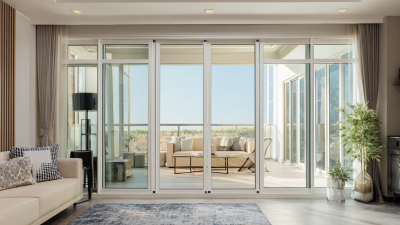
Revolutionize Your Space with Innovative Aluminium Sliding Doors Solutions
-

The Ultimate Guide to Choosing the Perfect Shutters and Blinds for Your Home
-
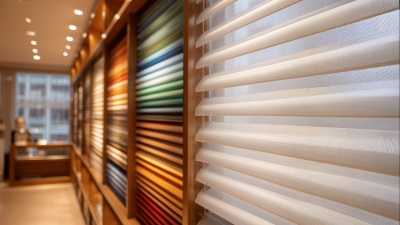
Exploring Shutters and Blinds Trends at the 138th Canton Fair in 2025
-
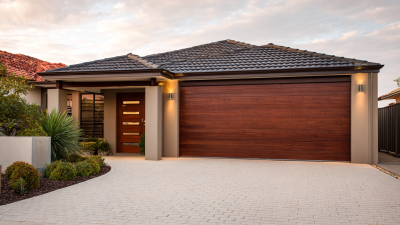
The Ultimate Guide to Choosing the Best Garage Doors in Perth
-
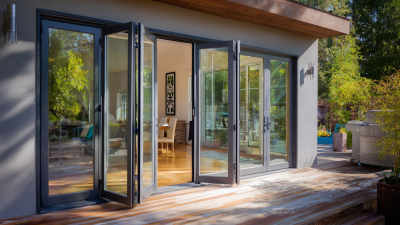
How to Choose the Right Aluminium Doors for Your Home: A Comprehensive Guide
-

Unlocking the Secrets: How Modern Garage Door Technology Enhances Home Security
